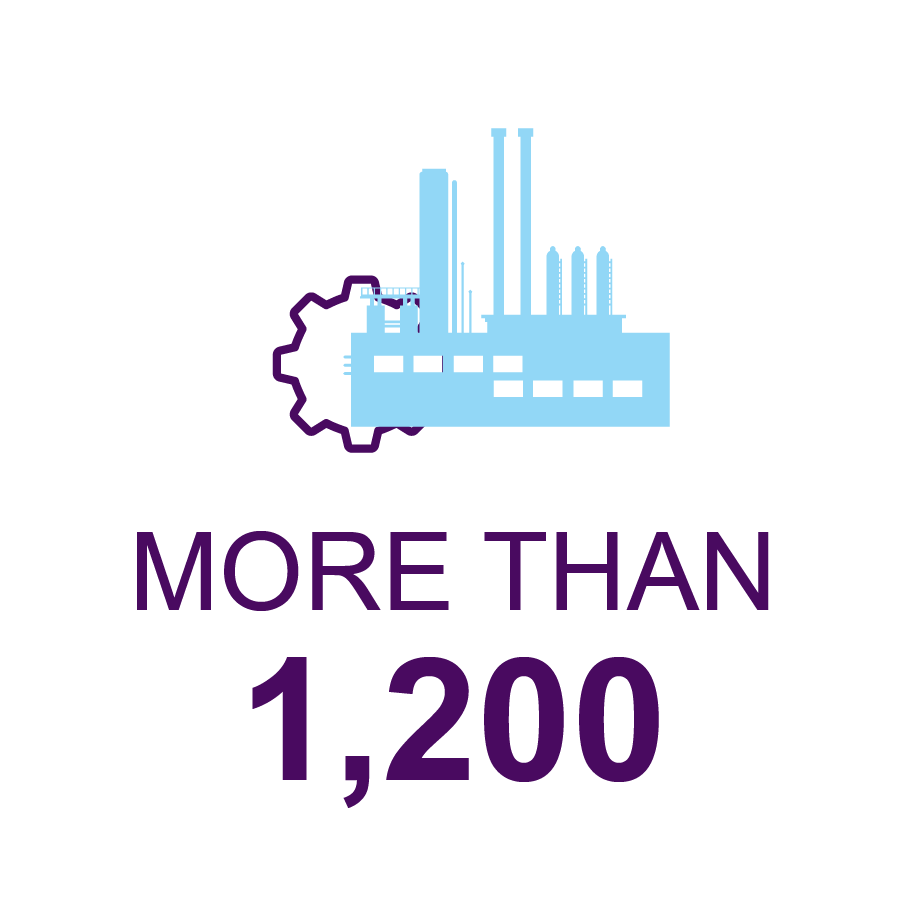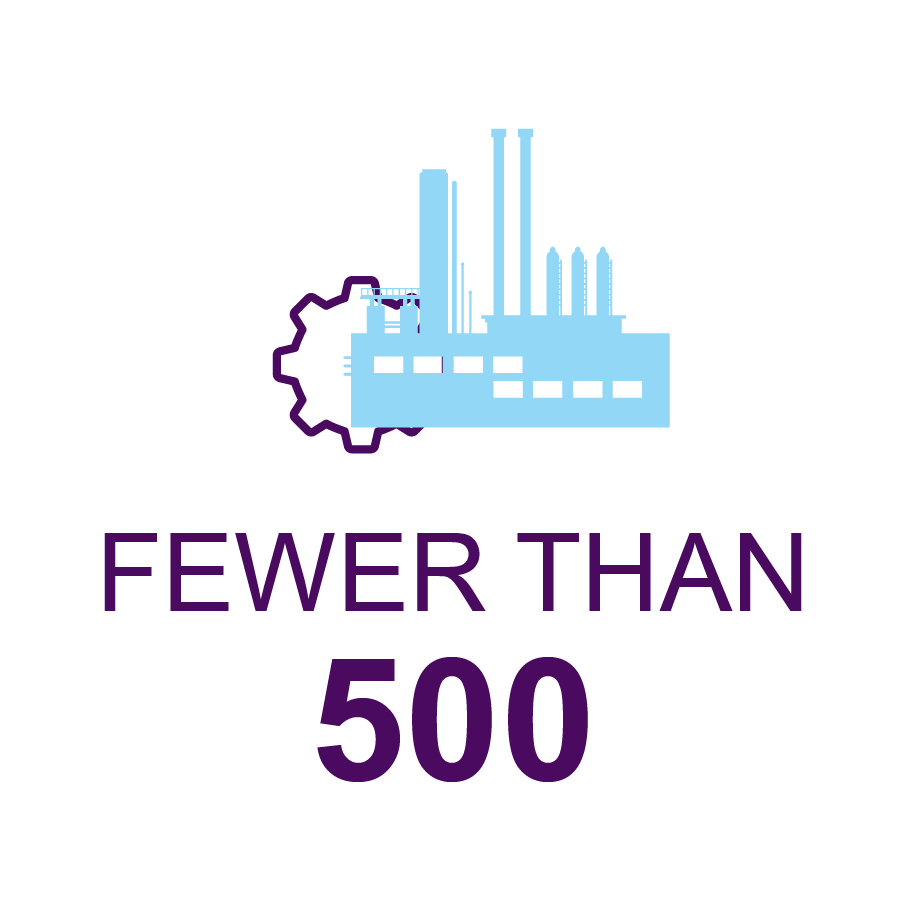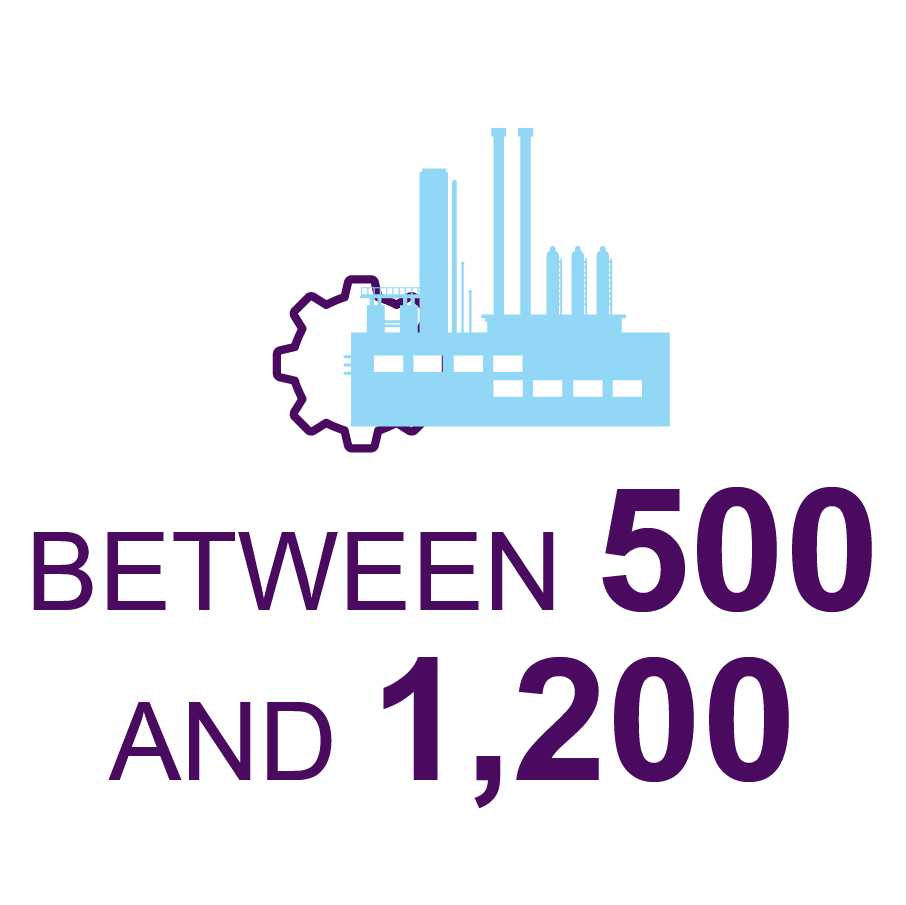
CONTROL AIR, NOT CHEMISTRY
REVEALING A “STEP CHANGE” OPPORTUNITY IN PULP AND PAPER MILLS
Pulping hasn’t changed much in the past 100-plus years.
There’ve been innovations along the way, but it’s mostly the same process it’s always been. The problem is, incremental improvements aren’t moving the needle anymore, and here’s why…
![]()
Expectations versus costs
![]()
Expectations versus costs
![]()
![]()
Production versus sustainability
![]()
Production versus sustainability
Your production demands are growing. But with environmental and regulatory mandates increasing, you have to be careful that added output doesn’t jeopardize sustainability.
![]()
![]()
Race to “mill of the future”
![]()
Race to “mill of the future”
Your competitors are incorporating data, analytics and more automation in process control, trying to stand out as a mill of the future in an increasingly commoditized market.
![]()
It’s not going to be enough to simply balance all these internal, external and competitive pressures. To find your edge, you must uncover new “step change” opportunities within your operations. The question, of course, is where to start…
![]()
In 1979, there were 1,200 pulp and paper mills operating in the United States. How many are operating today?1


Sorry!
TRY AGAIN.


You Are Correct!
The industry has right-sized in the past 40 years, creating a more competitive atmosphere that necessitates finding new ways to differentiate yourself and meet customer demands.



Sorry!
TRY AGAIN.
One way mills are attempting to meet their goals is by increasing efficiency of their brown stock washing process.
They’re using inferred measurements like conductivity to try and identify issues, then pushing defoamer and water in response to dips in performance. But when chemistry adjustments are based on lagging, often misleading indicators, they can actually introduce more variation in the process.
What are the consequences of chasing variability with chemistry?
![]()
What are the consequences of chasing variability with chemistry?
- More energy consumption, excessive defoamer use, increased bleaching chemical costs and unnecessary soda loss.
- Maybe evaporators get bottlenecked, which slows production.
- Ultimately, mills don’t perform at the level they should—which hurts their quartile performance and puts the larger organization at risk.
How do you break out of this vicious cycle of variability? It starts when you shift your mindset away from thinking the problem will be solved with some new or cheaper chemistry. Instead, you need to focus on using chemistry to control only what it can: the historically hidden variable that is entrained air.

1. “The Graying of the Paper Industry,” John A. Neun, P.E., Paper 360, August 10, 2017.